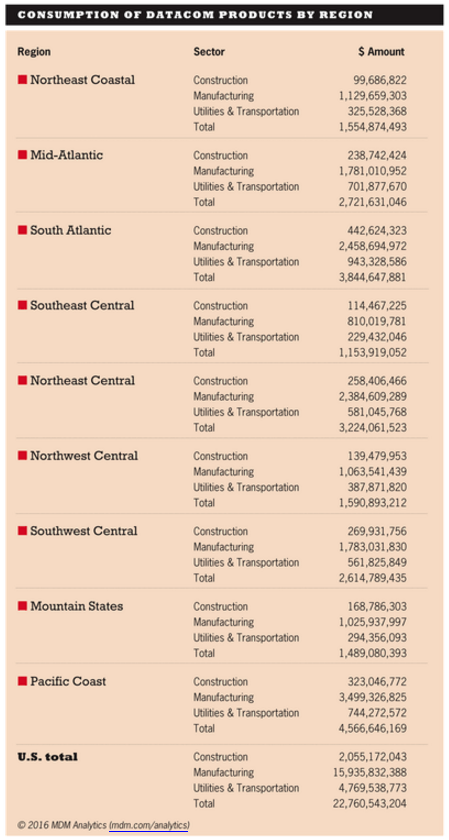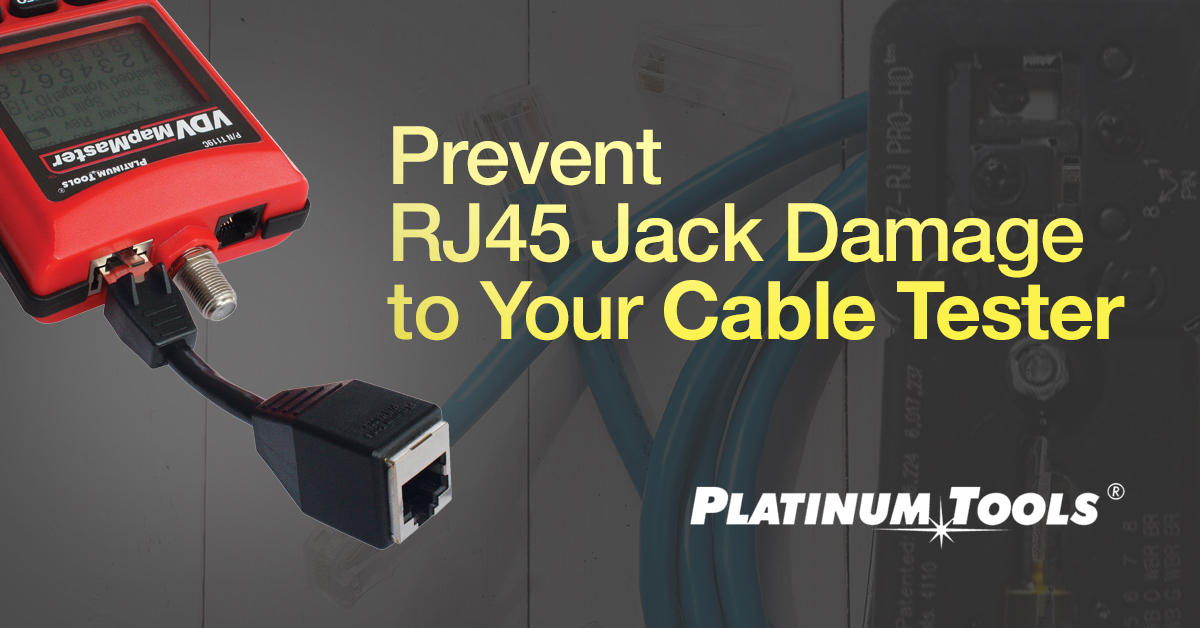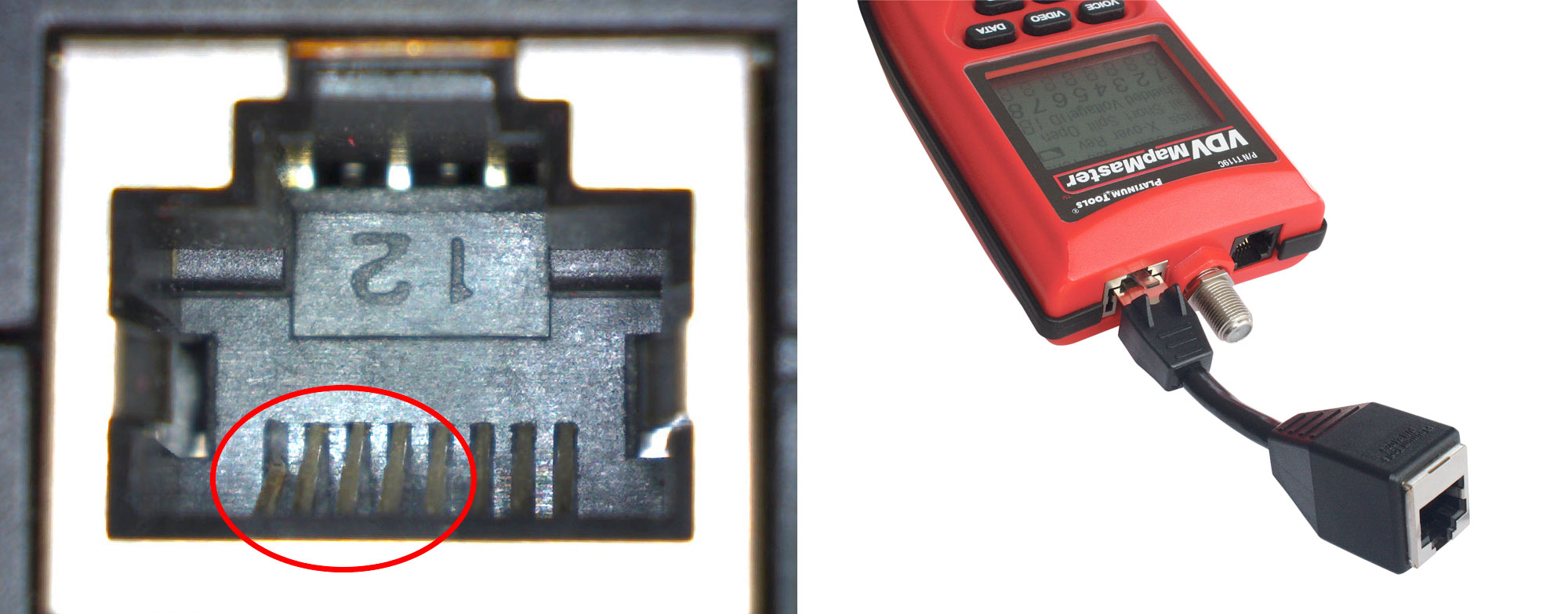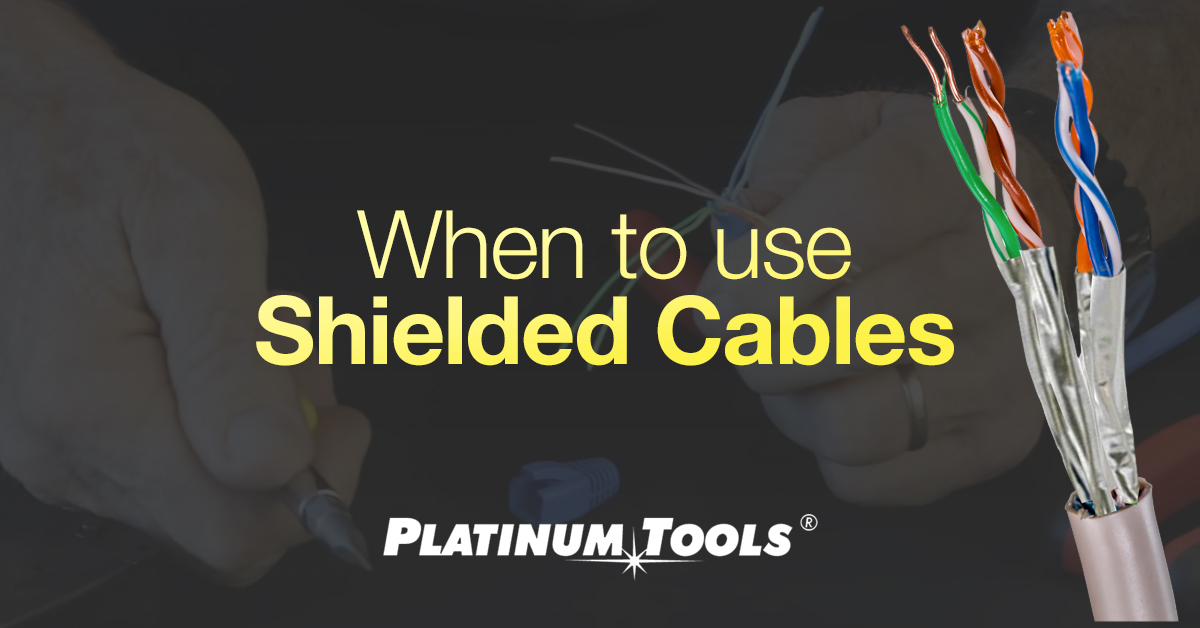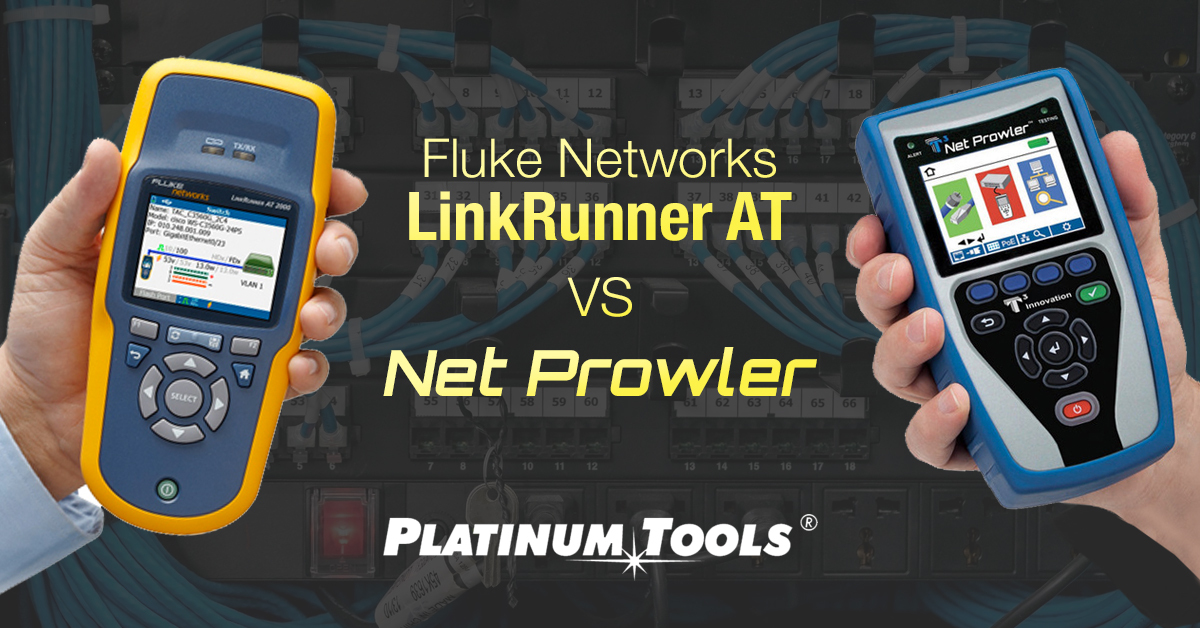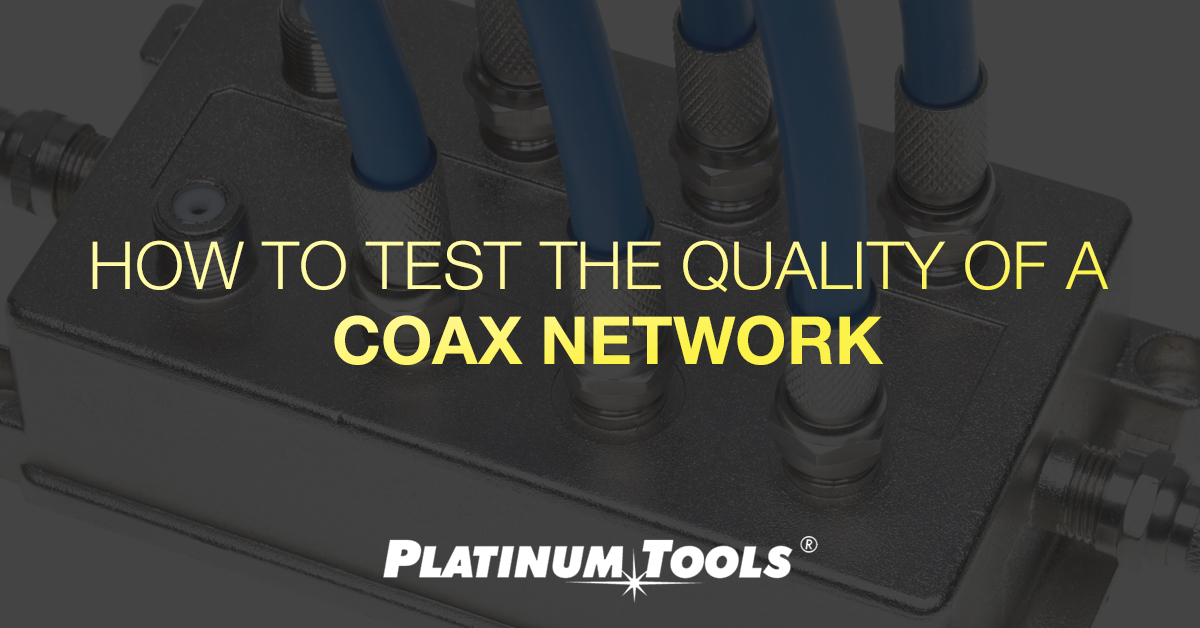
The secret to increasing profits is to reduce opportunity cost. Squeezing additional revenue out of existing resources does not mean you have to sacrifice service, sales or employee productivity. Four ways to increase profits require little effort and can provide generous return on investment (ROI). In these challenging economic times, large dividends may be reaped from expanding resources and strategic partnerships that already exist.
Use Educational Resources
Hollywood is famous for it: an original movie leads to a repackaged DVD for sale, which leads to a computer game, a line of action figures, posters, and more. All of those revenue streams are built from the same original idea, thus maximizing the ROI on the original investment.
Consider innovations like the upcoming launch of Platinum Tools University. When a distributor puts this resource in front of a contractor, making product/sales education available as a value-added benefit of working with the distributor, no one needs to re-invent anything. The distributor is simply taking ownership of an existing service.
The distributor can bolster that link to contractors by attaching Continuing Education (CE) credits while making enrollment easy — through the distributor. Printed leave-behinds, counter literature, and targeted email blasts can educate the contractor that the distributor has more to offer:
- How-To Videos
- Documentation
- CE credit coursework
- Helpful workday tips
Contractors will start to see the distributor as a local knowledge bank, not just a supplier, thus promoting a stickier relationship that causes the contractor to engage with the distributor more often.
Joint Promotions
Distributors should encourage cross-promotion, in which contractors get something they need and want, while distributors increase repeat business. Contractors can advertise to their clients that they are partnering with a prestigious distributor, establishing their own value added services to their pipeline of projects.
A distributor, for example, may also bundle complementary products, so when a contractor buys 5,000 feet of twisted pair wire, the distributor includes 100 connectors free. The distributor’s price for the value added is minimal, but the giveaway boosts the contractor’s view of that distributorship, and provides a chance for the contractor’s client to have bragging rights: “My contractor has an inside track through distribution, and I get cost savings that no one else can provide.” Word of mouth referrals, especially in today’s social media age, can have an immediate impact on pipeline growth.
Strategic Partnerships
Distributors already have existing partnerships up and down the supply chain. Factory partners can help build brand awareness and create new momentum. Contractors can spread the good word about a particular factory’s products. When the distributor ties factories to contractors, value builds for both. Contractors, the purchasers of the factory’s products, will greatly benefit from “buddy calls,” using the distributor as the common link in both directions. The factory representatives get to know contractor needs better and gain a larger chunk of their purchasing, and contractors can gain insight into new lucrative business opportunities.
Set Measurable, Attainable Goals
From factory to distributor to contractor, everybody needs sales goals. A distributor should work with factories to calculate sales targets and long-term growth forecasts. A distributor’s factory suppliers’ can be instrumental to growth when they understand each distributor’s’ sales goals, as factories can make additional marketing investments to support the projected growth.
Contractors, too, can benefit from knowing a particular distributor is driving to sell “XX” units of a particular item during a specified sales period. The distributor’s sales force may seem to be sharing inside knowledge (“Wait until next week to buy the BR1 Multi-stripper; our goal is to move 100 units, so we will cut you a break”) but the sales force is actually adding to both the distributor’s and partner factory’s bottom lines.
A strategic factory partner will help distributors break down goals into weekly, achievable numbers – and hold them accountable. To generate $20,000 in annual sales, for example, of a specific product, a distributor need only sell $80 a day of that item. Sales representatives now have a realistic target that can be measured and focused on.
Forging strong relationships between suppliers, factories and contractors, smart distributors can leverage every connection for increased profits – without growing their bottom-line.




